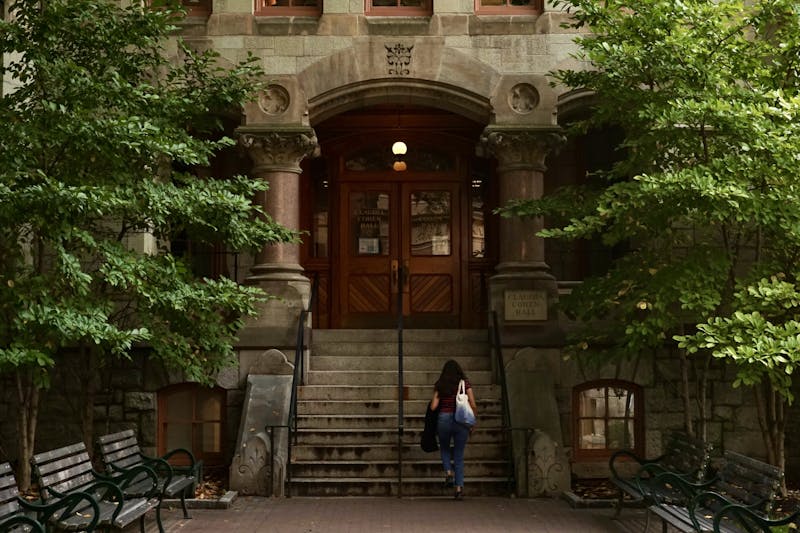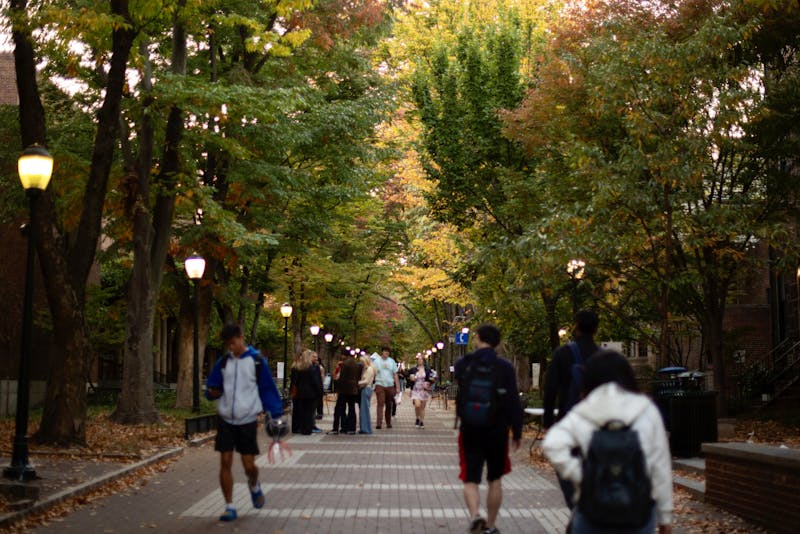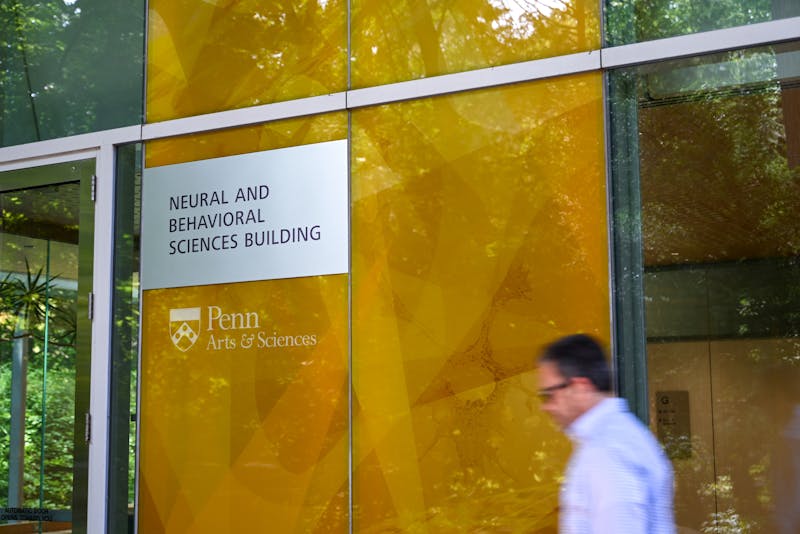Many colleges around the country have begun incorporating energy efficient and environmentally friendly building designs. But often these buildings do not perform as sustainably as planned, according to a recent article in The Chronicle of Higher Education.
Penn, however, has been active in monitoring the University’s buildings and their efficiency, according to Facilities and Real Estate Services.
“We are completely aware of the idea that a building from the beginning of its design should involve fine tuning, making it as efficient as possible,” Executive Director of Design and Construction Management Mike Dausch said. “From when the ribbon is cut, we have to make sure that the building is performing according to design.”
According to Dausch, FRES is installing electric meters campus-wide, which are automated to upload data that gives feedback to operations and maintenance staff.
Many of Penn’s newest construction projects — including the Music Building, Anne and Jerome Fisher Translational Research Center, Weiss Pavilion and Morris Arboretum Horticultural Center — will also meet the U.S. Green Building Council’s Leadership in Energy and Environmental Design Green Building standard.
According to the USGBC, the LEED rating system judges the operation, construction and design of environmentally sustainable buildings and awards points based on these criteria.
“Commissioning has also been an integral component,” University Architect David Hollenberg said. “LEED has made this a central issue recently, asking for reports after buildings are designed.”
Previously, the LEED system did not require efficiency reports, which Hollenberg says force participants of the LEED program “to assess whether a building is working to its ability.”
The School of Design’s T.C. Chan Center for Building Simulation and Energy Studies did many of the initial sustainability assessments, but Penn has also hired consultants from other firms, according to Dausch.
The University made campus-wide upgrades to lighting systems and insulation to improve building efficiency.
“We are a 180-building campus. If we started building our campus now, we would have a very different monitoring system in place,” Environmental Sustainability Coordinator of FRES Dan Garofalo said.
“We are starting to put modern assessment systems into our older buildings, which has become an increasingly important part of our building assessments,” he added.
Penn has also re-commissioned many of its older buildings in an attempt to make them more energy efficient.
“We found that we need to look for energy and cost savings from our older buildings too, especially from energy hogs such as Huntsman Hall,” said Dausch. “We just hired a consultant to tackle finding energy saving opportunities in a building which is open 24 hours a day throughout the year, and it is possible.”
The Daily Pennsylvanian is an independent, student-run newspaper. Please consider making a donation to support the coverage that shapes the University. Your generosity ensures a future of strong journalism at Penn.
DonatePlease note All comments are eligible for publication in The Daily Pennsylvanian.







